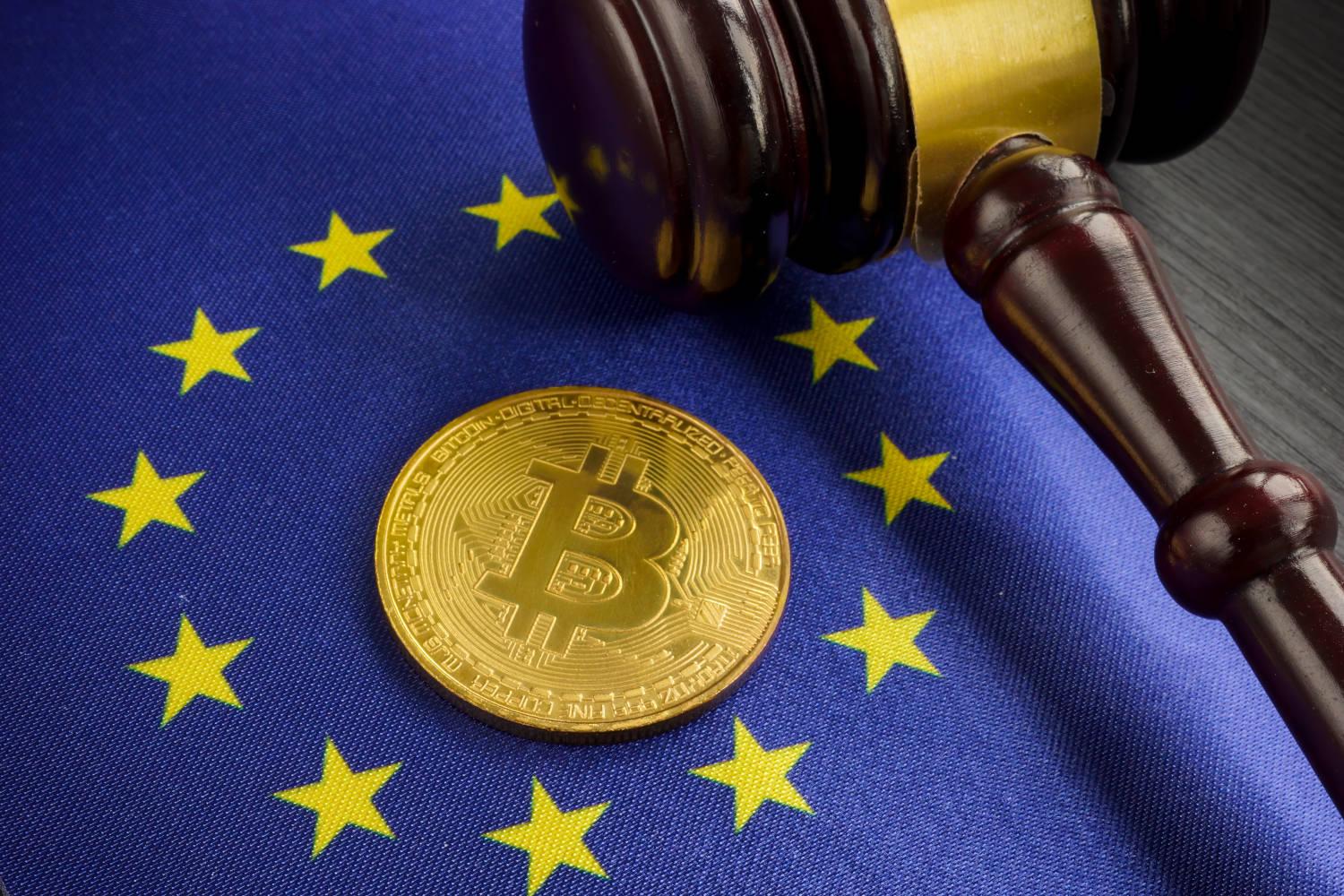MiCA Regulation: A Breakthrough in European Cryptoassets Framework
The Markets in Cryptoassets (MiCA) Regulation, approved by the European Parliament in May 2023, marks a major advancement in establishing a regulatory standard for cryptoassets worldwide. The MiCA regulation, known as the inaugural regulatory framework for cryptoassets, outlines roles and responsibilities for issuers and cryptoasset service providers (CASPs), underlining its commitment to consumer protection, financial stability, and fostering innovation.
This groundbreaking regulation, slated for enforcement from mid-2024, decisively positions Europe as an influential player in the global crypto market. María José Escribano, a key member of BBVA’s Digital Regulation team, emphasizes the potential impact of MiCA, referring to it as a pioneering legislative piece that elevates the EU’s status in shaping crypto market regulations globally.
What does MiCA Regulation Cover?
In the realm of cryptoassets, MiCA provides clarity with robust definitions and classifications, distinguishing between ‘cryptocurrencies’ and ‘tokens’. It sets forth stringent requirements for CASPs, including mandatory registration, stringent security measures, and compliance with anti-money laundering regulations. For cryptoasset issuers, MiCA necessitates the provision of comprehensive and transparent information about their offerings, thus enforcing rigorous disclosure and transparency rules.
Classification of Cryptoassets under MiCA
MiCA’s regulatory framework categorizes key cryptoassets, including Asset-referenced tokens (ARTs), Electronic money tokens (EMTs), and other cryptoassets like ‘utility tokens’ that do not fall under the ARTs or EMTs classification. However, the DeFi (Decentralized Finance) industry, non-fungible tokens (NFTs), and Central bank digital currencies (CBDCs) are currently outside the scope of MiCA.
Despite its exclusions, MiCA’s role in fortifying consumer protection and mitigating potential risks to financial stability is widely recognized. Furthermore, MiCA outlines a plan to curb the environmental impact of cryptocurrencies, which have been associated with high energy consumption and electronic waste due to cryptocurrency mining.
Why does MiCA Regulation Matter?
MiCA is also instrumental in broader regulatory initiatives, such as the Digital Operational Resilience Act (DORA), the DLT Pilot Regime, and the Transfer of Funds Regulation (TFR). Collectively, these initiatives aim to nurture a resilient and secure financial ecosystem that optimizes the potential of cryptoassets and distributed ledger technology (DLT), while safeguarding consumer interests and financial stability.
In summary, MiCA offers a blueprint for regulatory certainty, stronger consumer protections in the crypto market, and supports innovation, all while mitigating the environmental impact of cryptocurrencies. As the dynamics of the crypto market continue to evolve, the implications of MiCA for global regulation standards will undoubtedly remain a focal point in the discourse surrounding crypto regulations.
In conclusion, the Markets in Cryptoassets (MiCA) Regulation represents a significant milestone in Europe’s cryptoassets framework, establishing a comprehensive regulatory standard with a focus on consumer protection, financial stability, and innovation. By providing clear definitions, robust classifications, and stringent requirements for cryptoasset service providers and issuers, MiCA fosters regulatory certainty and transparency in the crypto market.
Moreover, its inclusion of measures to address the environmental impact of cryptocurrencies demonstrates a forward-thinking approach. As Europe positions itself as a global influencer in crypto regulations, MiCA’s impact resonates beyond its borders, shaping the discourse and setting the stage for future global regulatory standards in the evolving crypto landscape.
For more crypto updates, visit our news page!
